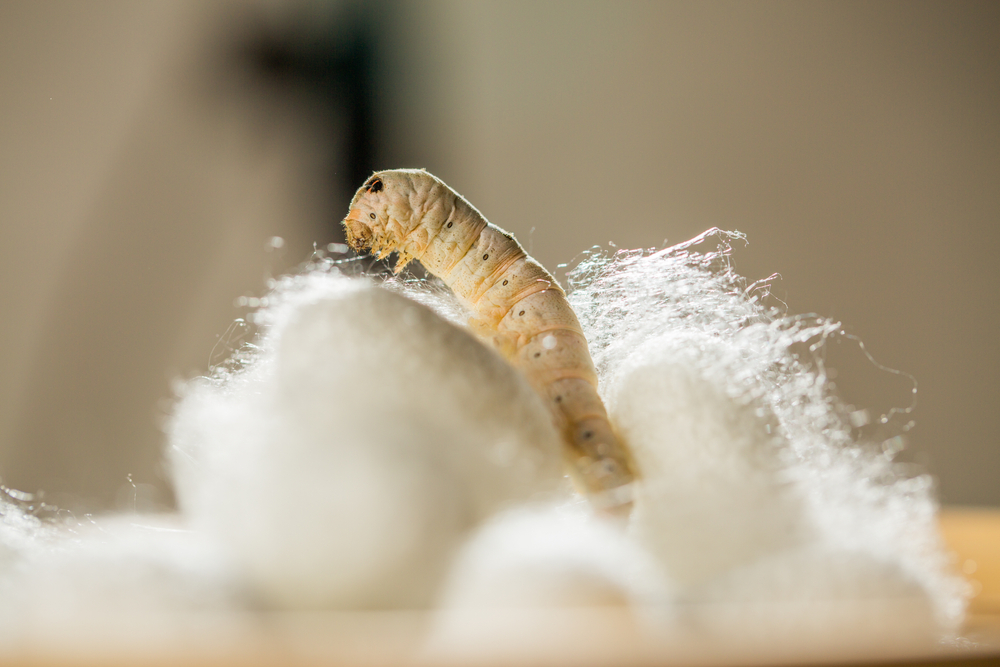Now Reading: Silk: Exploring Its Timeless Appeal and Influence
1
-
01
Silk: Exploring Its Timeless Appeal and Influence
Silk: Exploring Its Timeless Appeal and Influence

Fast Summary
- Silk has been used since ancient times for medical purposes, praised for its strength and compatibility with the human body.
- Originating around 2700 B.C.E in China, silk production involves the domesticated bombyx mori silkworms producing fibroin and sericin proteins.
- Silk’s molecular structure gives it tensile strength, biocompatibility, and biodegradability, making it ideal for creating sutures, medicine delivery systems, implants, scaffolds, and other biomaterials.
- Innovations by researchers like David Kaplan at Tufts University have expanded silk’s applications to 3D tissue regeneration structures and injectable treatments like SilkVoice.
- Modern uses include dissolvable implants with tailored degradation rates infused with antibiotics or drugs for stability during transport.
- Biomedical advancements have leveraged silk to create vaccine patches (MIMIX),blood sample preservatives,burn sprays,microneedles for controlled drug release,among others.
- Despite modernization in its applications over thousands of years of cultivation history dating back to ancient China remains constant-with silkworm farming optimized over millennia.
indian Opinion Analysis
India is one of the world’s largest producers of raw silk as well as a hub for customary sericulture practices across states such as Karnataka and tamil Nadu; innovations using silk in biomedicine draw parallels between heritage exports utilization potential & science commercial pathways globally that increasingly versatile reshapes notable research area partnerships relationships
Stay Informed With the Latest & Most Important News
Previous Post
Next Post
Loading Next Post...
























